
When we were on the Greek island of Hydra recently, I saw a very peculiar-looking yacht dock in the harbor. I had never seen a boat of that shape and certainly not one decorated with what seemed to be pop art. Painted across the stern was the name “Guilty.” I thought it might be the ill-gotten prize of some hedge-fund manager who had been convicted of a white-collar crime, a la Bernie Madoff.
So I took some photos of the mysterious yacht and then asked the nearest donkey driver whose it was. (Those donkey drivers know everything because they stand around the harbor all day waiting for people to hire them to move suitcases and baggage up the hill to their hotel or destination. There are no vehicles on Hydra, only donkeys.)

He told me that the yacht belonged to a very rich Greek who owned two side- by-side houses up above the harbor. But he didn’t know his name.
When I walked back to the Hotel Leto, I typed the words “yacht” and “Guilty” into Google and learned that the peculiar sea craft belonged to a very influential Greek art collector named Dakis Ioannou (or “Joannou” – it depends on how you translate the Greek alphabet.)
I also learned that he had launched the yacht two years earlier, in Athens, at a party attended by the most important art dealers and contemporary artists of the day. The exterior of the yacht had been decorated by Ioannou’s friend, the artist Jeff Koons.
I wrote about Koons’ life-sized statue of Michael Jackson and his chimp Bubbles a year ago, in a posting about how Michael Jackson’s death had inflated the price of Michael Jackson art.

I quoted from a New York Times article about Koons: ““His 1988 sculpture of Mr. Jackson with Bubbles was decorated with gold metallic paint and brought $5.6 million when it sold at Sotheby’s in New York in 2001. Larry Gagosian, the New York dealer who represents Mr. Koons, said on Wednesday that if one from the edition (he made three along with an artist’s proof) was to come up for sale now, it could make more than $20 million. ‘And that’s conservative,’ he added.”
Ioannou, who reportedly made his money in construction, is an extremely influential collector of works of modern art. I believe he owns 20 of Koons’ super-expensive sculptures. The masterpieces he chooses are often macabre and gory He said at the launching of his yacht, “ “These are dark times. The artists recognize that. We should, too.”
Although the exterior of the ship looks like a Roy Lichtenstein cartoon-painting, the Koons told Art Forum that it was based on a World War I camouflage pattern designed to confuse rather than hide.
The magazine reported: “The dizzying, chromatic graphics did make the unusually jutting planes of the ship, designed by architect Ivana Porfiri, hard to make out on the water. The touchy-feely interior was all mirror, silver leather, and dyed materials. ‘Isn’t it wonderful how you just want to touch everything on board?’ Koons asked, smiling. … The decor also included a lot of art… including wall paintings by David Shrigley, another by Albenda, and Guilty, an unusual text painting by Sarah Morris bought because, well, Joannou said, “I had to.” The yacht already had the name. “Guilty,” he said. “It just seemed right.”
Here is a photograph of the piece which now lives in the yacht along with a lot of other expensive works from his collection.

I have to say that, unlike Ioannou, I was not struck by an irresistible urge to buy this painting when I saw it—but then I really don’t understand much of the art that is currently fashionable.
After leaving Hydra, I picked up an airline magazine—I think it was on an Aegean plane—and learned that at the same moment, a collection of Ioannou’s art was being shown in New York at the New Museum. The exhibit was called “Skin Fruit” and was curated by—guess who?-- Jeff Koons. It included 100 works by “50 world-famous artists” from Ioannou’s private collection. According to the magazine, “It’s an exciting exploration of archetype symbols of genesis, evolution and human sexuality. …The exhibition tells the story of humanity’s beginnings. It’s like a fantastic universe imagined by Stanley Kubrick, Tim Burton and David Lynch, filled with twin towers of white chocolate, warped playground swings, androids and demons. Murals, paintings, installations, performance pieces, 3D pieces and live dramatized scenes of human passion make up a stunning display.”
Unfortunately, the exhibit in New York finished on June 20, so I won’t be able to see all the drama, but in the meantime I and the donkeys of Hydra enjoyed our accidental encounter with Mr. Ioannou’s yacht-as-modern art.
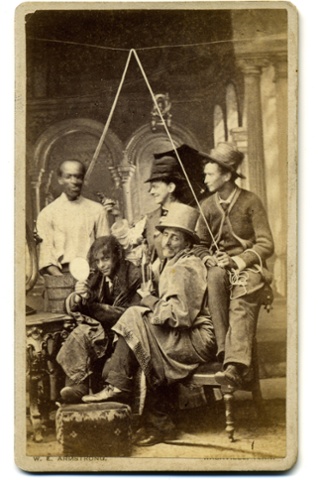
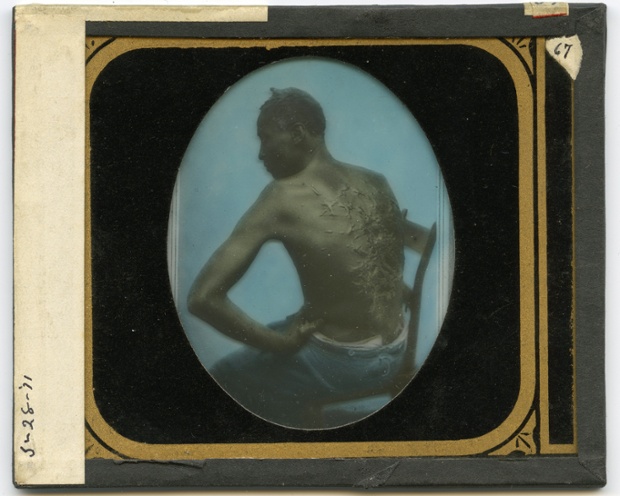
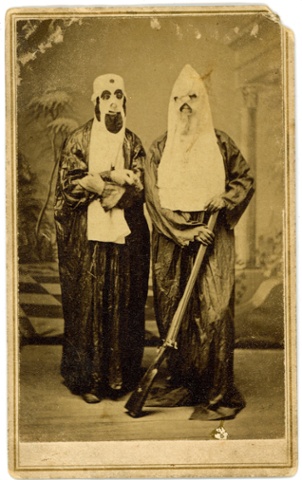
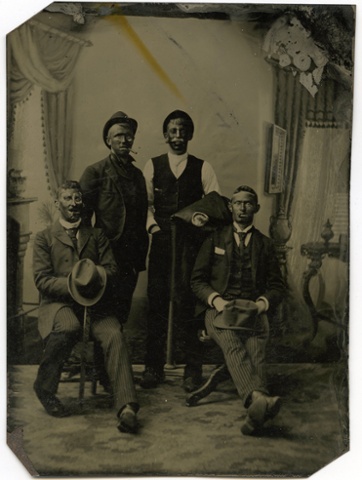
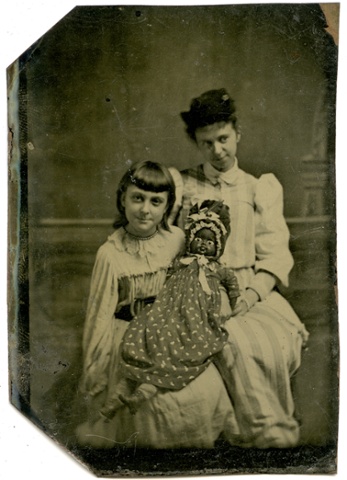
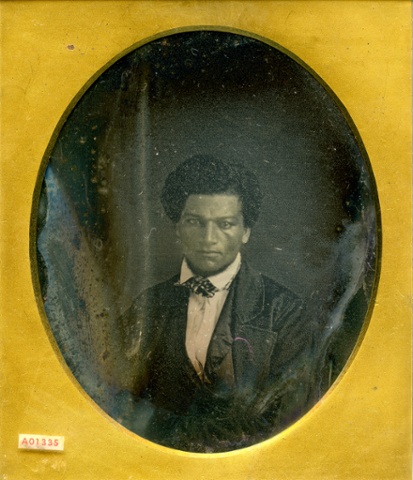
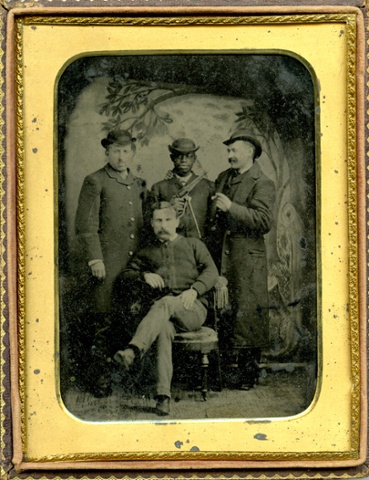
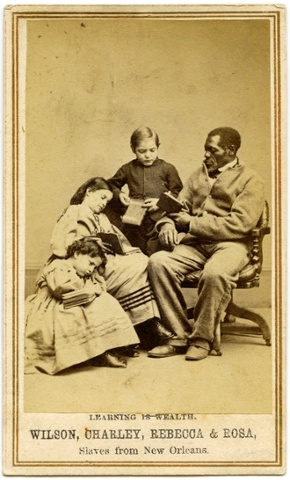
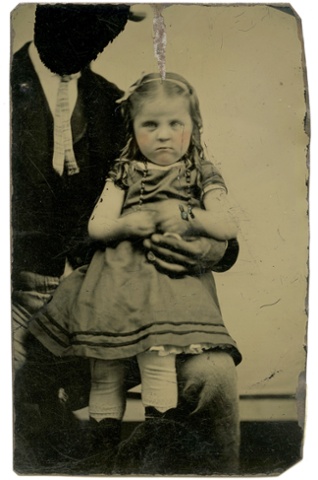



































1 comment:
"Here are some of the things that I can tell you about your image.
"The fellow in the first row center wears a GAR belt, which makes him CW vet. The other regalia and bicorn hat appears to be from some fraternal organization. The fellow on his right wears a hat with post 194 GAR insignia (Reading Mass). Above his GAR badge is a corps badge for the 19th Army corps, a CW unit. His GAR badge indicates that he is an officer in the post, but I can't tell what his rank is. The fellow on the right end of the 1st row wears a belt buckle with a fraternal symbol. I dont recognize his medals. It is possible that he is a member of the Sons of Union veterans, by the look of the hat insignia and the uniform jacket. The buckles on the men with the white helmets are militia buckles of the period or earlier. I don't recognize the batons. It is possible that this may be a band posing without instruments."
Thanks, Mark!!